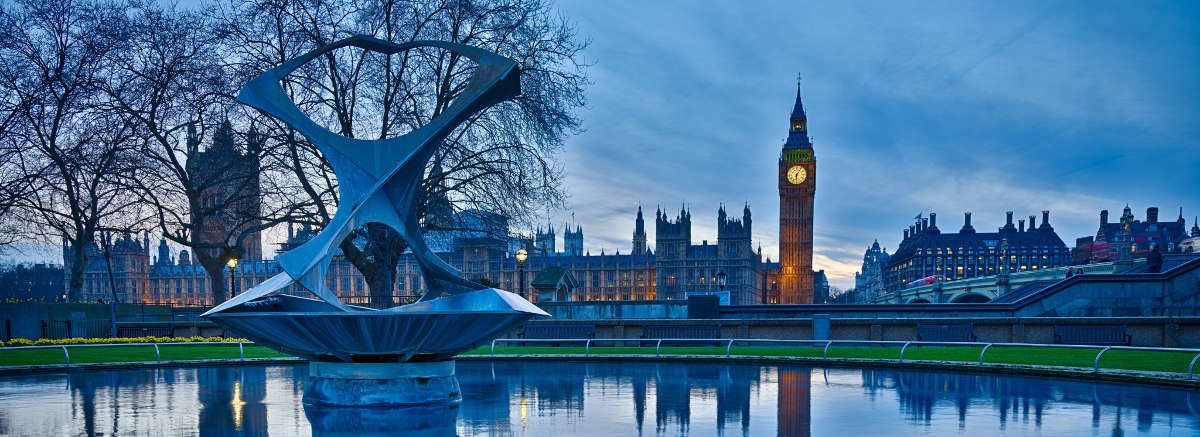Written by Shahzada Ahmed
The first attempts at direct observation of the maxillary sinus with the aid of an optical instrument, namely that of Hirschmann, go back to the year 1901. Hirschmann took the cystoscope that had been developed by Nitze in 1879 and modified it for use in “the endoscopy of the nose and its adjoining sinuses.” In 1903 Hirschmann published his seminal contribution on this subject. Expanding the operation in connection with the endoscopy was out of the question, as this sort of examination was intended solely for diagnostic purposes. The diameter of his instrument was 5 mm. Using it, Hirschmann was able to draw realistic pictures of the most varying forms of chronic maxillary sinusitis. As a light source Hirschmann used a small electric bulb built into his instrument proximally; the light from the bulb was deflected 90 degrees by a distal prism with 180 degrees of rotation. About the same time as Hirschmann, Reichert had a similar instrument constructed, and in 1902 he reported his observations on three patients with fistulae of the alveolar process. Employing his instrument Reichert carried our minor procedures such as cauterisation, draining of a cyst and irrigations. He called his instrument which was 7mm in diameter an antroscope. In 1903 Valentin inaugurated the endoscopic examination of the nasopharynx, using the same instrument as Hirschmann. He called it salpingoscopy. Sargnon, in 1908 extracted a foreign body from the antrum endoscopically through a small tube and in 1910 Imhofer removed a cotton tampon that had slipped into the antrum through an alveolar opening. In 1925 in New York, Maltz had the firm Wolf construct an optically improved instrument, and he used the canine fossa or inferior meatus as a way of access – he was the first to call the examination “sinoscopy”.
In 1930 in Germany, Slobodnik also discovered maxillary sinus endoscopy – He had an endoscope made with a tracer and proceeded via the inferior meatus. Borrowing from the old anatomical term for the maxillary sinus – antrum highmori – he called the examination “highmoroscopy”.
Ludecke recognised in 1932 that the value of antroscopy critically depends on the instrument’s optical performance capability. He too preferred the inferior meatus as a way of access.
In scandinavia, Christensen propagated endoscopy of the maxillary sinus in 1946 and in 1953, from the field of dentistry, the use of similar instruments was reported by Bethmann. In 1955 Hahn used the antroscope in oral surgery practice to search for root remnants and in cases of fistulas used antroscopy findings to decide on the extent of surgery needed to close the fistula. At around the same time Bauer and Kodak emphasised the great diagnostic value of antral endoscopy.
Schmidseder and Lambrecht reported in 1977 on the applicability of sinoscopy and the indications for its use and as a result of their work they became more conservative in their attitude toward the Caldwell-Luc operation.
Since, in addition to the maxillary sinus, we also examine the frontal and sphenoid sinuses we prefer, in place of the term antroscopy or sinoscopy, the expression endoscopy of the maxillary, frontal or sphenoid sinus (depending on which sinus is involved) as being more logical and we can speak in the general sense of endoscopy of the paranasal sinuses.
It has now become possible to separate the light source from the endoscope and locate it outside the body. This arrangement is called cold light illumination. For our examinations we have used the Cold Light Fountain, manufactured by Storz. If a bulb fails one can immediately switch over to a spare. A fiberoptic cable is attached to this light source and is connected by means of a screw base to the Hopkins telescope. This new kind of optics eliminates the disadvantages of the conventional ones. Together with good object-illumination in the maxillary sinus, it offers excellent depth of field. It operates on the basis of rod-shaped inset glass lenses with air spaces in between. Scattering of the light rays is thereby avoided, and the picture offers greater brilliance with good contrast and high resolution. With this optical system it was possible to preserve optimal optical properties and obtain an objective undisturbed view of the paranasal sinuses. Since there is no magnification, an accurate impression of the natural size relationships is obtained.
Thus far, we have reserved endoscopy of the sphenoid sinus for cases in which the condition of that sinus or its immediate environment is clinically and roentgenographically unclear, particularly when tumours are suspected or following skull base fractures. A biopsy in such a case can furnish valuable diagnostic evidence, but should be limited to special cases because of possible injury of the optic nerve and carotid artery. We would therefore caution the inexperienced not to perform endoscopy of the sphenoid sinus.
The plight of the patient who has had several paranasal sinus operations, sometimes referred to as a “paranasal sinus cripple,” provided the impetus for further efforts to improve the diagnosis and treatment of paranasal sinus disease.
For over 20 years we were involved in the endoscopy of the maxillary sinus; building upon this, endoscopy of the frontal and sphenoid sinuses. In order to demonstrate the diagnostic significance of endoscopy of the paranasal sinuses, we (Draf) compared the roentgenographic and endoscopic findings for a random collection of 301 endoscopies of the maxillary sinus and then a further collection of frontal and sphenoid sinuses. The endoscopic finding is clearly superior to the roentgenogram in its diagnostic potential. Although it has been used primarily for diagnosis, endoscopy of the paranasal sinuses in our opinion has enhanced possibilities for therapy as well.
The indications requiring endoscopy will in the future undergo changes which will lead to even wider use of endoscopy of the paranasal sinuses both for diagnosis and for treatment.
